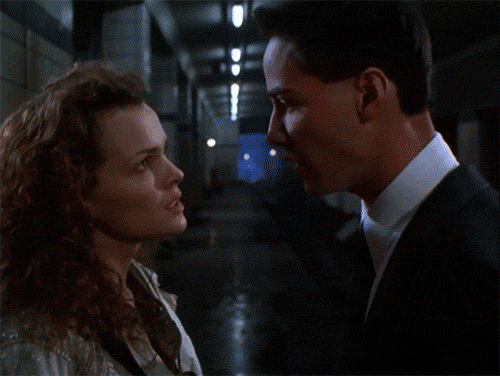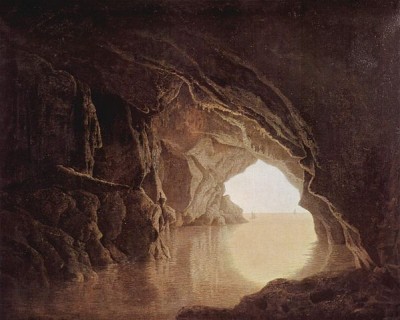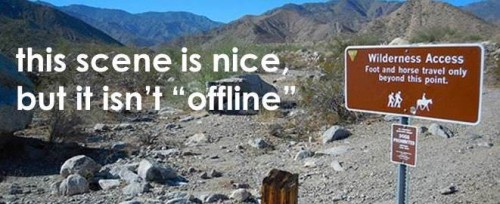
I was thinking this morning about two subjects that don’t usually go together, skeuomorphs and morality.
A skeuomorph is a design element applied to a product that looks as if it’s functional but really isn’t. Its real purpose is to evoke a sense of familiarity and comfort. The literary critic N. Katherine Hayles cites as an example the dashboard of her Toyota Camry, which is made of synthetic plastic molded to look as if it’s stitched fabric.
Software designers use lots of skeuomorphs for their user interfaces; examples include the “pages” that seem to “turn” in e-readers and word processing programs. Hayles calls skeuomorphs “threshold devices.” They “stitch together past and future,” she says, “reassuring us that even as some things change, others persist.” more...

 I’m having a blast reading all of the recent posts about
I’m having a blast reading all of the recent posts about



 Leading up to
Leading up to